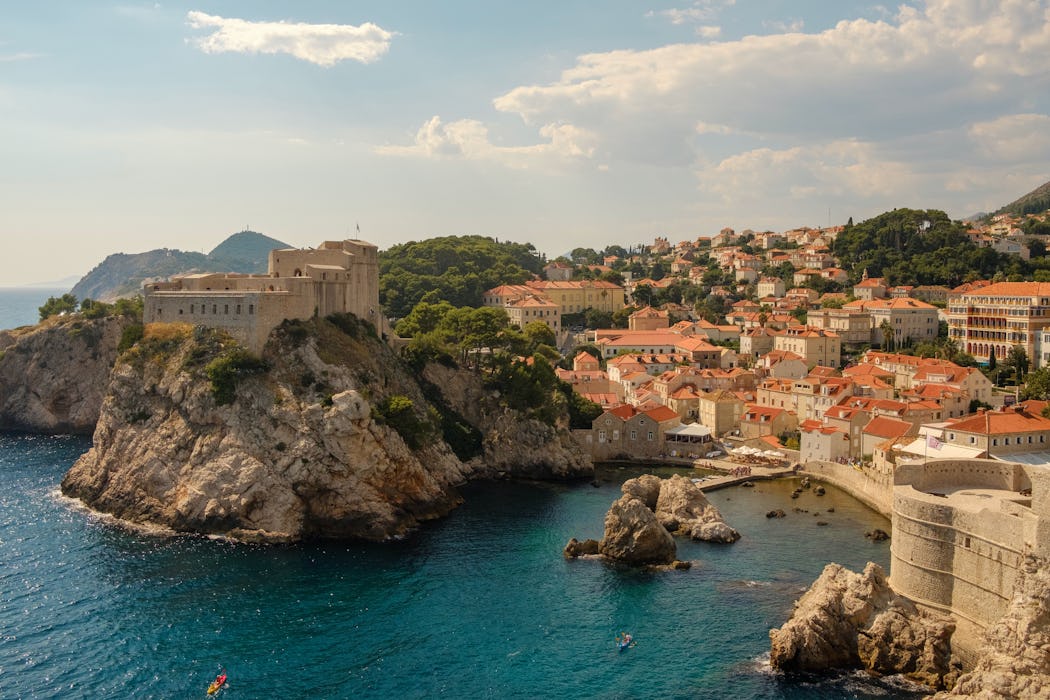
COVID 19: You can change your booking on most of our boats if your travel plans are affected by coronavirus.
See here for more details
Destinations
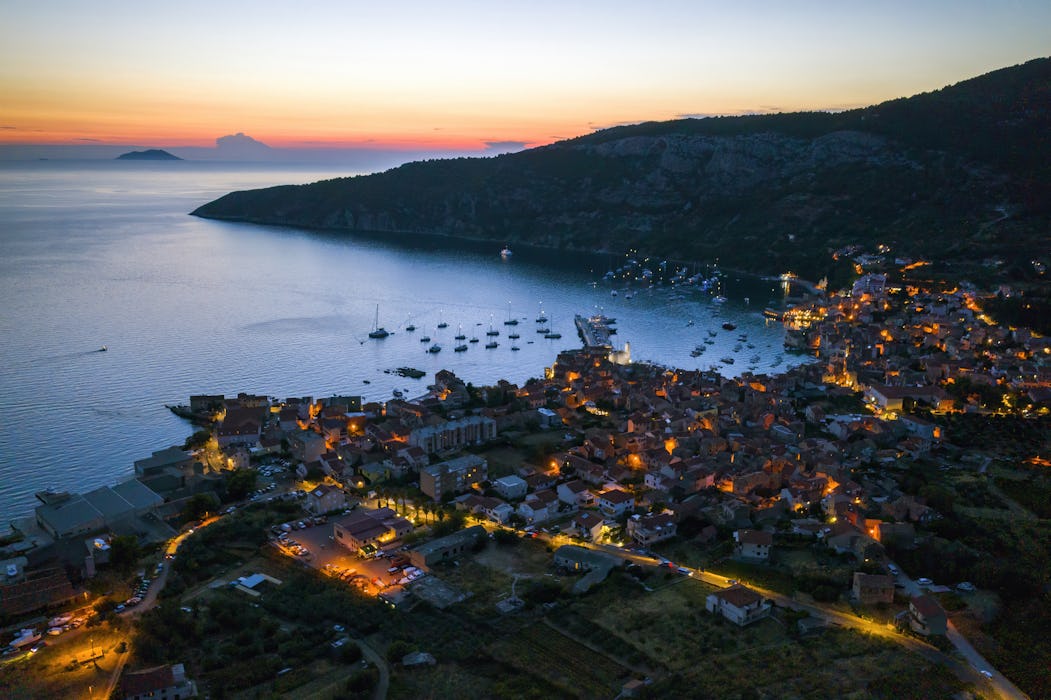
Vis Destination Guide - All You Need to Know
The Croatian island of Vis is the farthest inhabited island off the Croatian mainland, located just 60 NM from the Italian coast. The island sits just west of the island of Hvar and 25 NM away from the island of Korčula to the east. Greek settlers founded a colony in the 4th century B.C. and named it Issa, which is how the island got its name. Like many other ancient settlements on the Croatian coast, Greek rule on the island was succeeded by the Romans. Until the end of the 18th century, the island of Vis was under the rule of the Venice Republic. During their ruling, large settlements of Komiža and Vis developed along the coastline. The Venetian influence is noticable in architecture found on the island, while the specific dialect spoken locally is Venetian in origin. Due to its strategic location, the whole island was used as a Yugoslavian military base which saw the island isolated from all foreign visitors until 1989.
Ladislav - 20 July 2020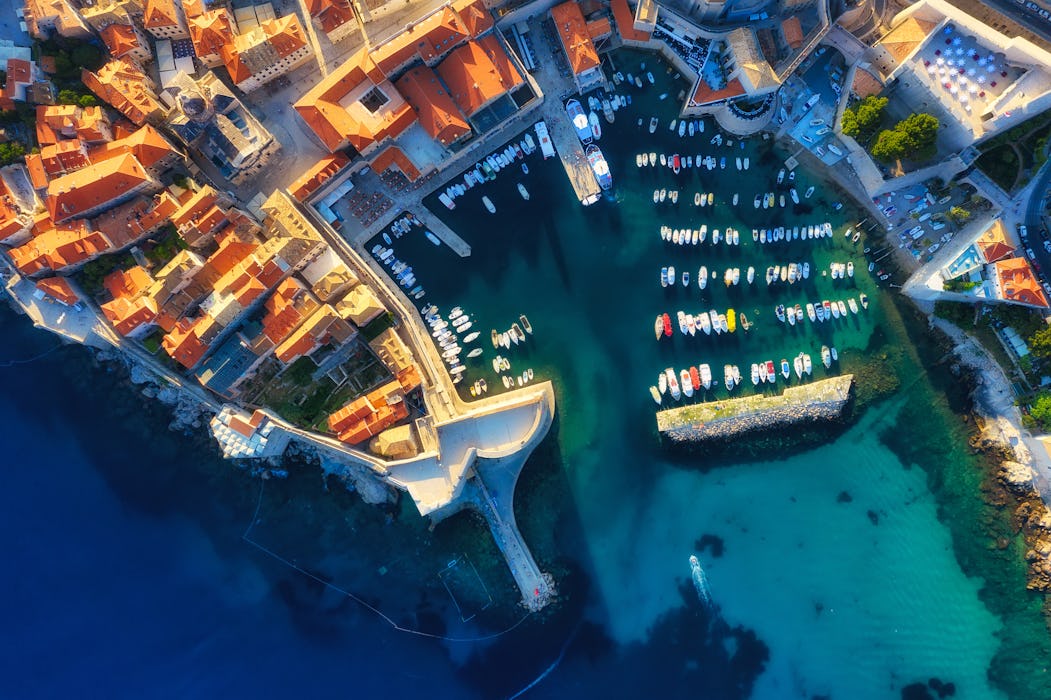
Croatia Country Guide - Experience The Perfect Break
Croatia sits on the border of southern and central Europe, acting as a gateway to the Balcan peninsula. Croatia shares borders with Hungary to the northeast, Slovenia to the northwest, Serbia to the east and with Bosnia and Herzegovina and Montenegro to the southeast. It also shares a maritime border across the Adriatic with Italy to the west. Although small in size, Croatia has significant geographical diversity. From the plains of Slavonia in the east, hills of north Croatia to mountains that divide central Croatia form the beautiful coastline and its thousand islands. Croatia today has a population of around 4 million people with almost one million of them living in the capital city of Zagreb.
Ladislav - 20 July 2020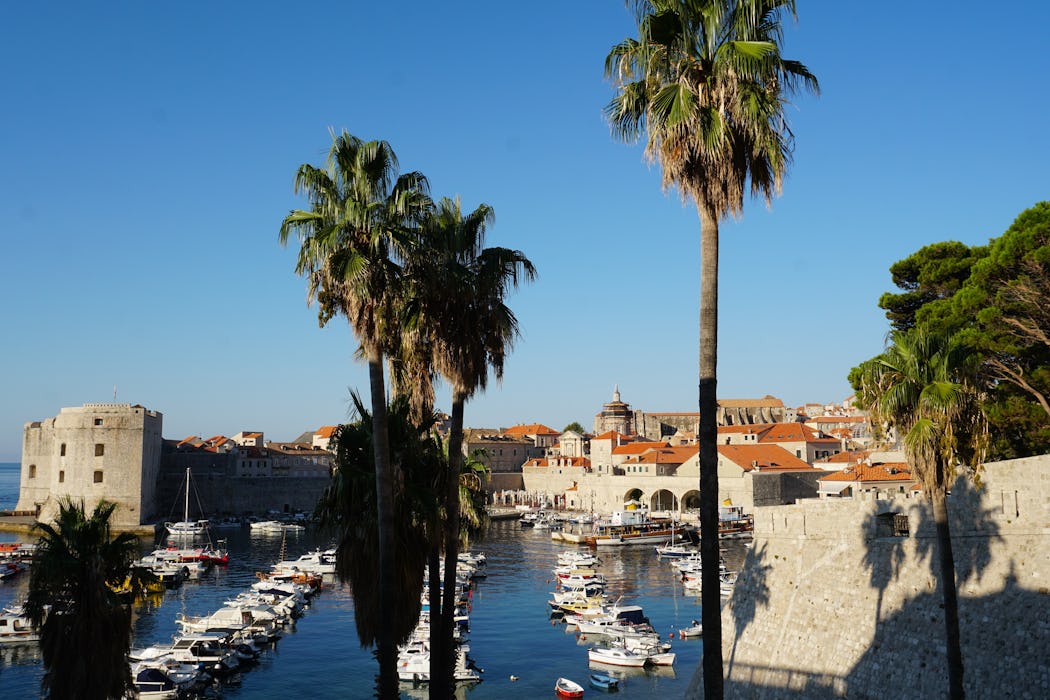
Dubrovnik Destination Guide - 'The Pearl of the Adriatic'
In the words of a famous playwright, George Bernard Shaw, 'those who seek paradise on Earth should come to Dubrovnik'. Dubrovnik is one of the most visited destinations in Croatia during the summer. With its majestic ancient walls and Old Town, baroque architecture and mesmerising clear sea, Dubrovnik is known as 'the pearl of the Adriatic'. If you're travelling to Croatia, Dubrovnik is a destination you shouldn't miss!
Mara - 20 July 2020
Kornati Islands Destination Guide - Nature's True Masterpiece
Kornati islands are Mother Nature’s true masterpiece. They consist of 140 uninhabited islands, islets and reefs covering over 300 square kilometres. The Kornati archipelago is the largest and densest in the Adriatic sea. Kornati National Park makes up most of the Kornati archipelago with its 89 islands spreading over a 220 square kilometre area. The Kornati island tour is among the most praised tours in Croatia. Kornati's marina has been a regular destination for nautical aficionados since the early 1970s. As a result is has become a regatta centre of Northern Dalmatia.
Ladislav - 08 July 2020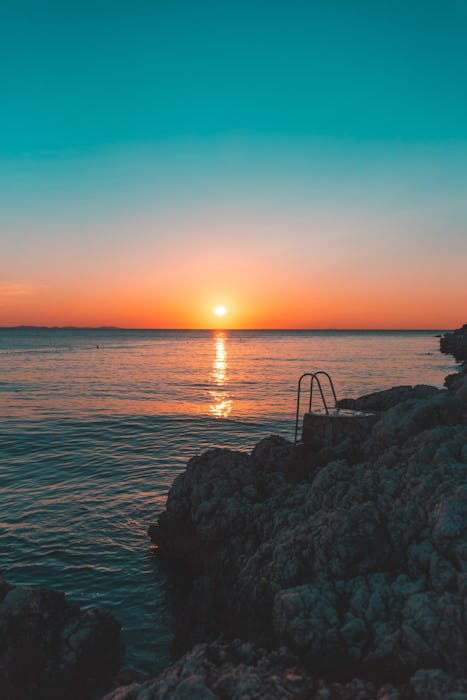
Zadar Destination Guide - 'Croatia's Capital of Cool'
Zadar is the oldest continuously-inhabited Croatian city. It is situated on the Adriatic Sea, in the northwestern part of the Ravni Kotari region. Because of its rich heritage, Zadar is one of the most popular Croatian tourist destinations. It was crowned "the entertainment center of the Adriatic" by The Times and "Croatia's new capital of cool" by The Guardian. Zadar is easily reached by land, sea and air and it has a good infrastructure connecting it directly to major cities in Croatia and Europe. Whichever way you decide to travel to Zadar, the natural beauty of the landscape will not disappoint.
Dora - 08 July 2020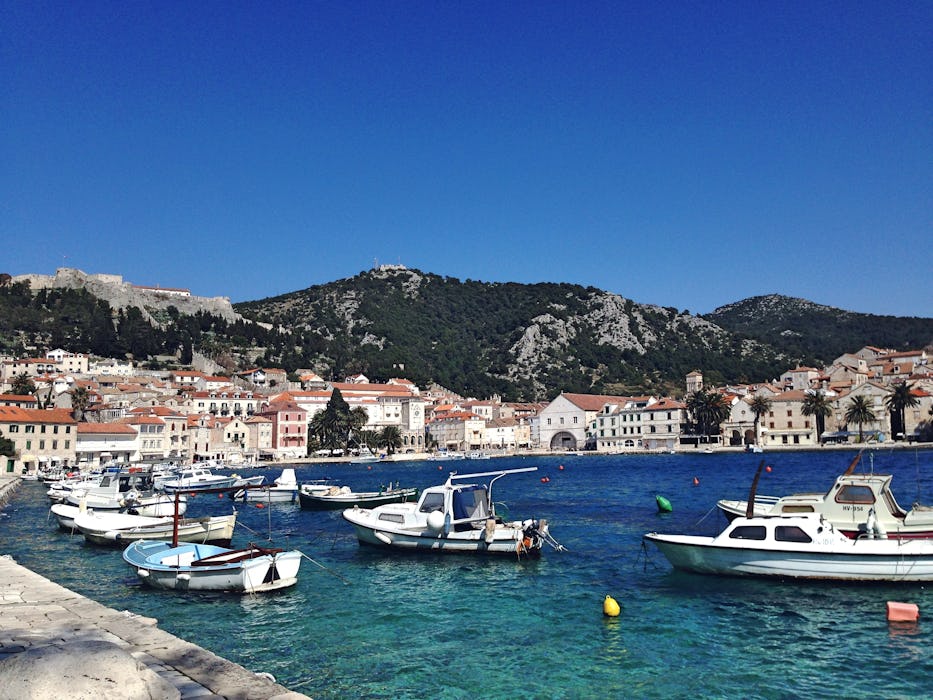
Hvar Destination Guide - The Ideal Escape From Your Daily Life
Hvar is a Croatian island that has a reputation for being the sunniest place in Europe. Hvar is also the name of one of the towns on the island of Hvar. It is the perfect destination for those seeking an escape from their daily lives. The beautiful island is truly unforgettable. You can find small fishing villages, vineyards and the smell of lavender flowing above the crystal clear blue water. Some call it the Croatian St Tropez as it has been attracting celebrities and socialites since the 19th century. Beyonce and Jay Z even conceived their first born son sailing around Hvar. They named him after the Blue Ivy, a plant that grows on the island.
Dora - 30 May 2020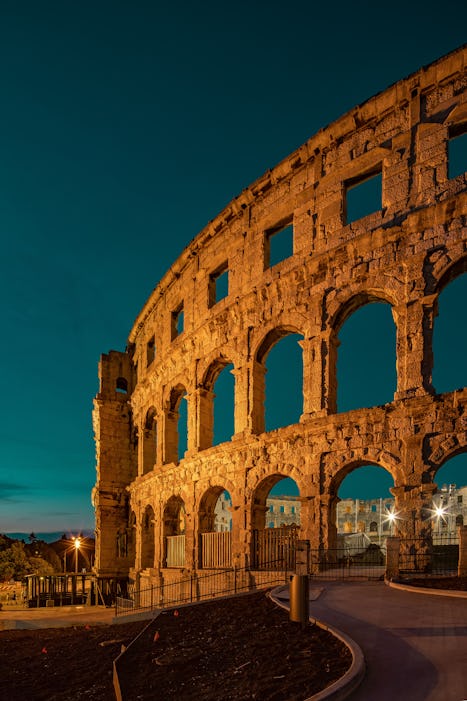
Pula Destination Guide - One of the Adriatic's Most Luxurious Destinations
The Istrian Peninsula has become one of the most luxurious travel destinations on the Adriatic coast in the past couple of years. Holidays to Pula and Istria are becoming increasingly popular. Pula has a lot to offer those who want to get a feel for what Istria is like historically, culturally and culinary. The best way to explore Pula’s history is through the city’s old quarter of narrow streets, lined with Medieval and Renaissance buildings. The walkways are still paved with ancient Roman paving stones and lead to one Roman ruin after another including the Colosseum, the Temple of Augustus, the Triumphal Arch of Sergius and The Old Roman Forum.
Mara - 25 May 2020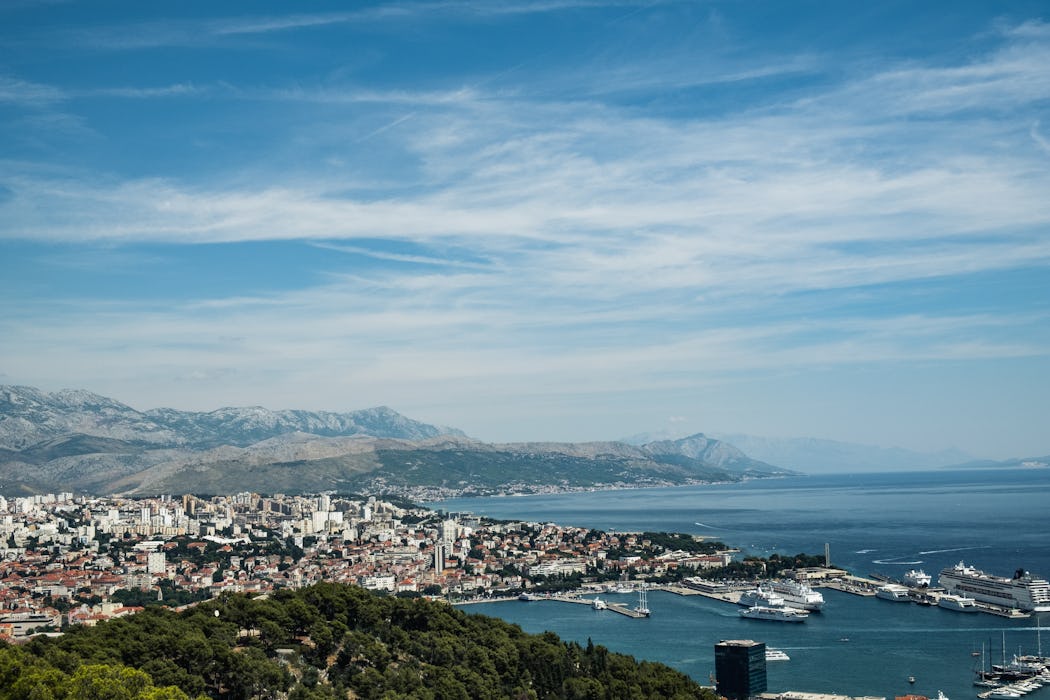
Ultimate guide to Split - one of the most vibrant ports in the Adriatic
Split is the largest city on the Adriatic Coast, and the second largest in all of Croatia. It has been under Roman, Venetian, Austrian, French, Italian and Yugoslav control at one point or another. Split has been “alive” for 17 centuries now, dating back to the time of the Roman Emperor Diocletian. He built a palace right next to the great Roman city of Salona where he planned to live out his final years. The palace slowly grew into a city, which is now famous for its tradition, history and beauty. There are 4 things in Split that its residents are most proud of: Diocletian's UNESCO-protected Palace, Marjan Park Forest, Hajduk and picigin. If you ask any of the proud Split locals, without hesitation they’ll name Split the most beautiful city in the World.
Mara - 18 April 2020Sailing Guides
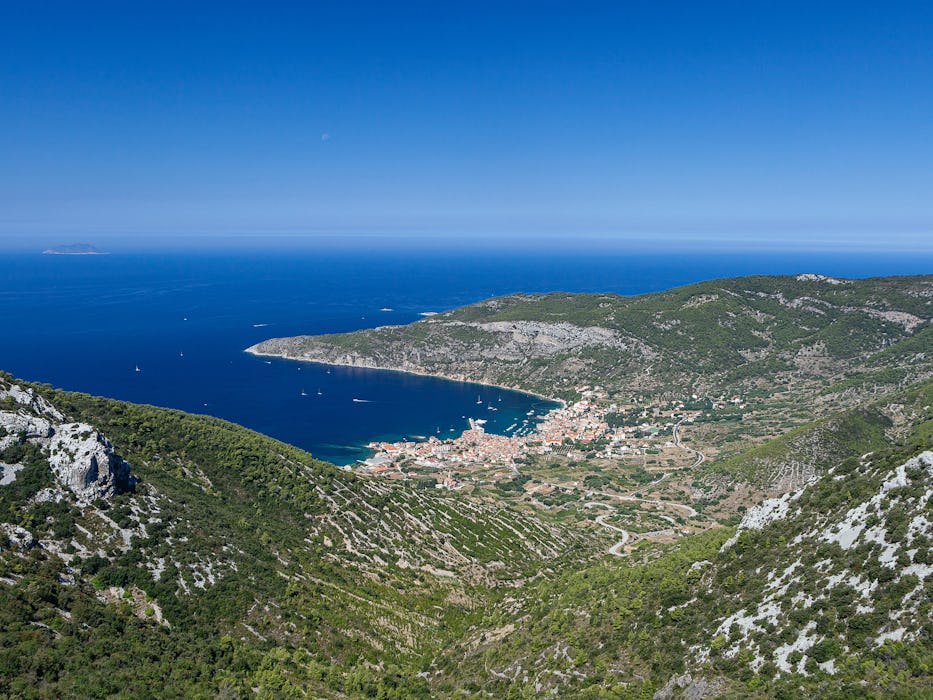
Vis Sailing Holidays
The Croatian island of Vis sits southwest of the island of Hvar and west of the island of Korčula. It is located just 60 NM from the Italian coast, making it the furthest island from the Croatian coast. This charming island, famous for its fishing industry, boasts a rich history. The island originally got its name from the Greek settlers who founded a colony here in the 4th century BC and named it Issa. Following Greek rule on the island was succeeded by the ancient Romans, and then another dominant force in the Mediterranean, the Venetian Republic, ruled from the 15th century until the end of the 18th century. The local dialect also dates back to this time with its Venetian origin. During the second half of the 20th century, the island was used as a Yugoslavian military base which saw the island isolated from all foreign visitors until 1989. However today Vis is a popular tourist destination, attracting visitors with its spectacular beaches, unspoiled nature and rich cultural history.
Ladislav - 26 August 2020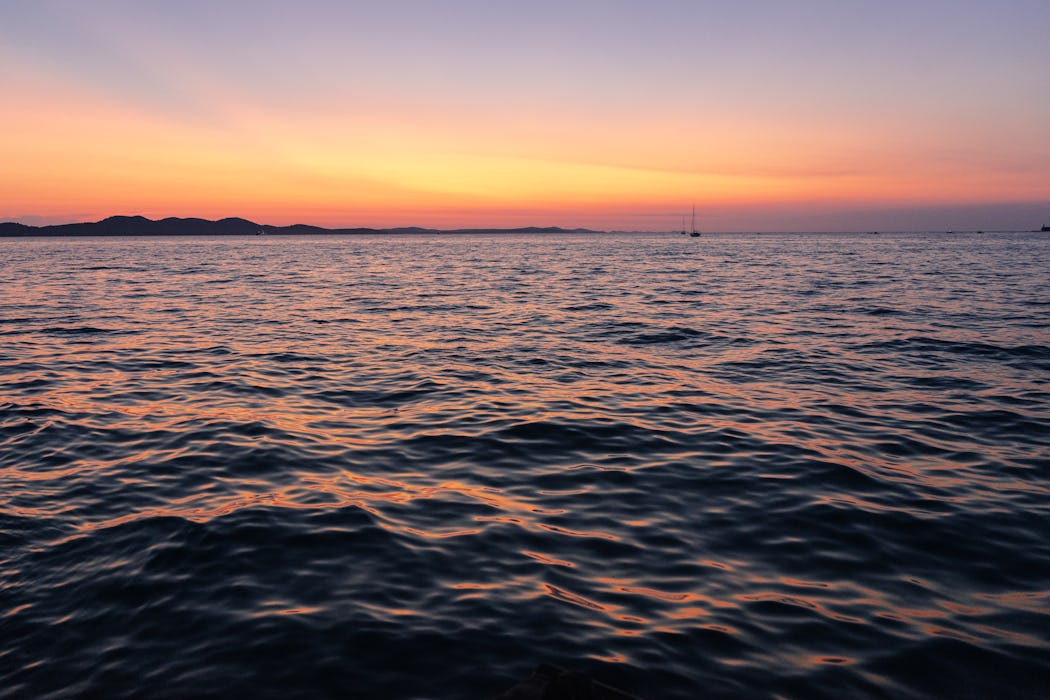
Zadar Sailing Guide
Zadar is a Croatian coastal city located in the region of Dalmatia. Zadar’s central location on the Croatian coast makes this historic city an ideal starting location for your sailing holiday. Before you set sail, take a day or two and explore this beautiful city on the Adriatic coast. The city is heavily influenced by its previous rulers, first the Romans and later on the Venetian Republic. The well-preserved remains of the Roman Forum are a popular tourist attraction. Zadar was later heavily fortified during the rule of the Venitian Republic which led to the city being included on UNESCO’s World Heritage Site list as part of Venetian Works of Defence. Today, Zadar attracts visitors with its rich cultural scene and numerous festivals and exhibitions. Recently-built art installations like the Sea organ or Sun Salutation transformed the city’s waterfront into a popular destination. Here you can enjoy the sounds of the sea while witnessing spectacular sunsets. As the night approaches, popular Zadar nightclubs, bars and restaurants eagerly await all looking for a good time.
Ladislav - 26 August 2020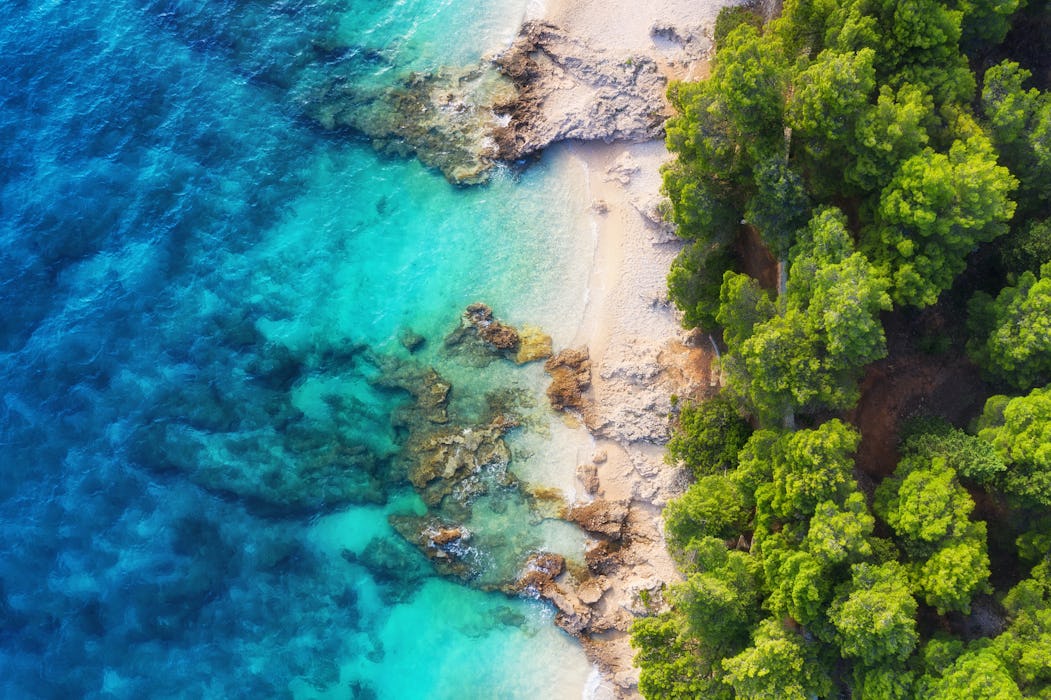
Take in The Breathtaking Beauty on a Hvar Boat Trip
Hvar is a part of the Middle Adriatic island group and is the fourth largest island in the Adriatic Sea. It is, however, the longest island in the Hvar is a part of the Middle Adriatic island group and is the fourth largest island in the Adriatic Sea. It is, however, the longest island in the Adriatic sea, stretching for 72 km. Due to its strategic position, the island of Hvar has always been an essential foothold in the Adriatic. The ancient Greeks colonised the island in the 4th century B.C., establishing the town of Pharos which is today known as Stari Grad. Throughout history, many different cultures and civilisations left their mark on this beautiful island, leaving us today with plenty of archaeological findings and artefacts. Today, the island of Hvar is one of Croatia’s top holiday destinations with a 140-year long history of organised tourism.
Ladislav - 20 July 2020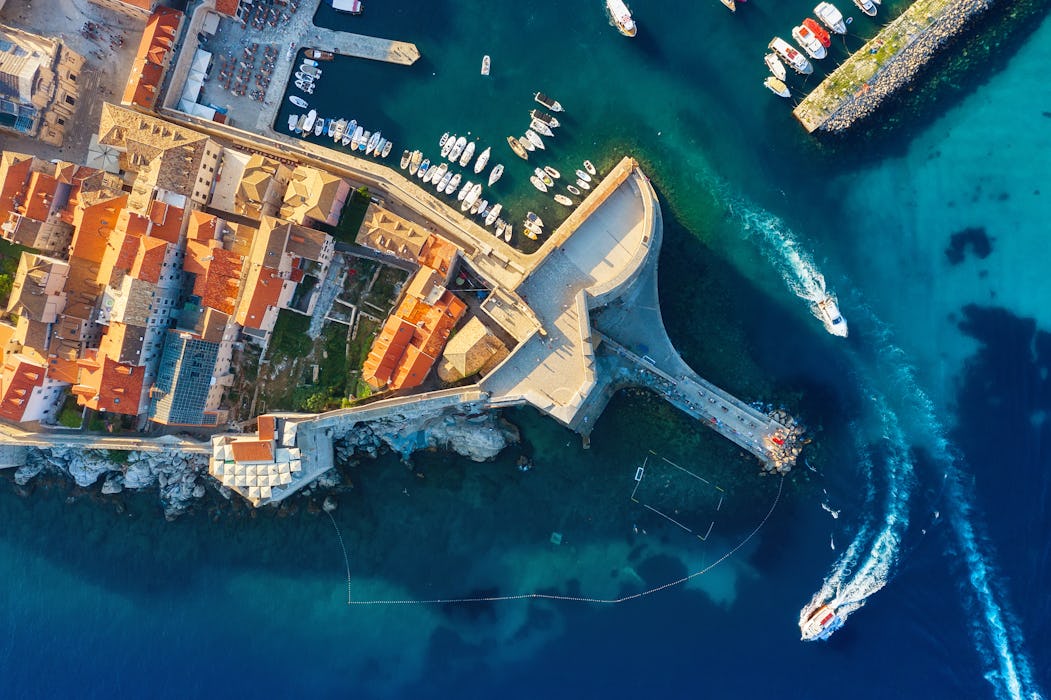
Dubrovnik Sailing Guide - Make the Most of Your Sailing Adventure
Dubrovnik is a world-famous travel destination, and one of the most visited cities in the Mediterranean. Imposing city walls, historical landmarks, delicious local cuisine and breathtaking scenery, attract waves of tourists each year. One of Croatia's brightest symbols, this proud city has flourished throughout history, ever since the Greeks and Romans ruled the Mediterranean. The city has been a trade and political foothold in the southern Adriatic since its inception. Since 1979 Dubrovnik has been listed as a UNESCO World Heritage site since 1979.
Ladislav - 20 July 2020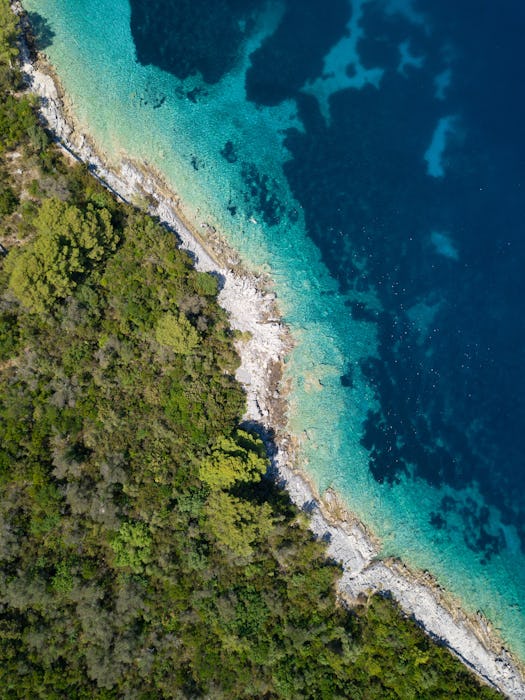
Kornati Islands Sailing Guide - Embark on an Unforgettable Sailing Trip
The Kornati archipelago is the densest group of islands in the Mediterranean. It consists of 140 islands, islets and rocks, with a total surface of 320 square kilometers. The name of the archipelago derives from the name of the largest island, Kornat. 89 of the 140 islands of the Kornati archipelago were classified as a national park in 1980, protecting the islands and their marine surroundings. Today, it is one of the most popular destinations for sailing holidays in Croatia, offering an abundance of natural beauty.
Ladislav - 08 July 2020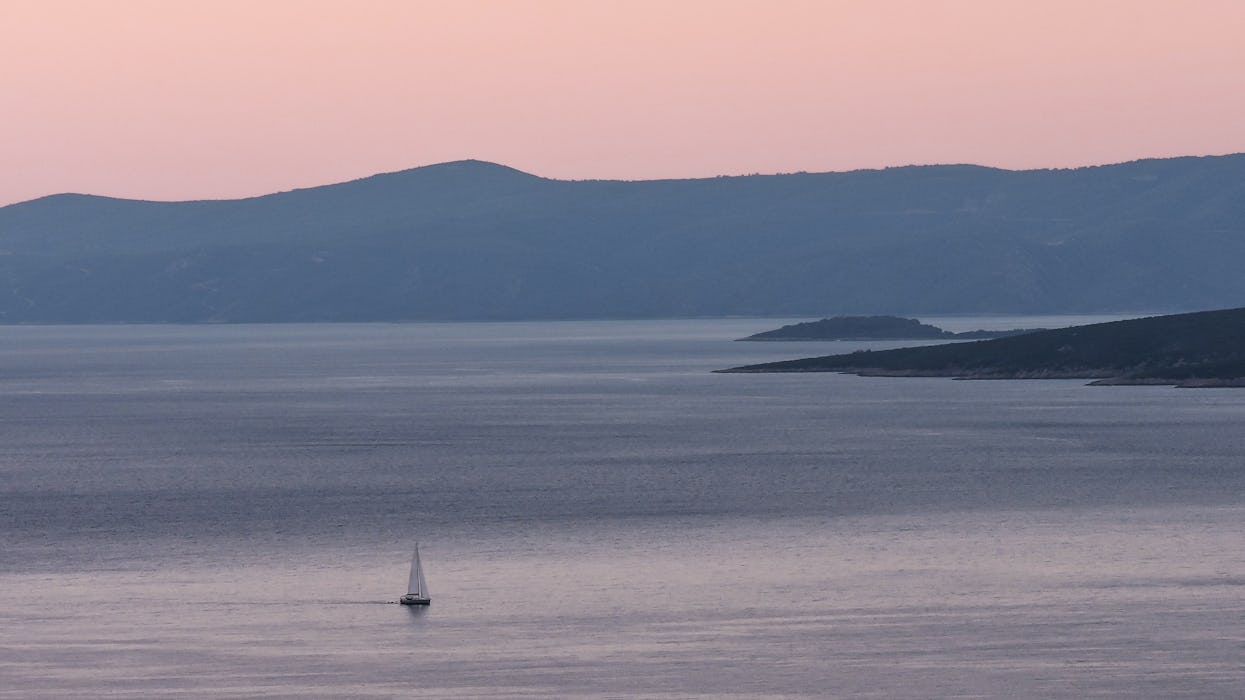
Croatia Sailing Guide - The Ultimate in Sailing Destinations
Croatia sits on the northwestern part of the Balkan Peninsula. The country borders Slovenia and Hungary to the west and north, Serbia and Bosnia to the east. The biggest maritime border is with Italy. Despite its small size, Croatia boasts significant geographical diversity. Today, Croatia is considered one of the top tourist destinations in Europe.
Ladislav - 08 July 2020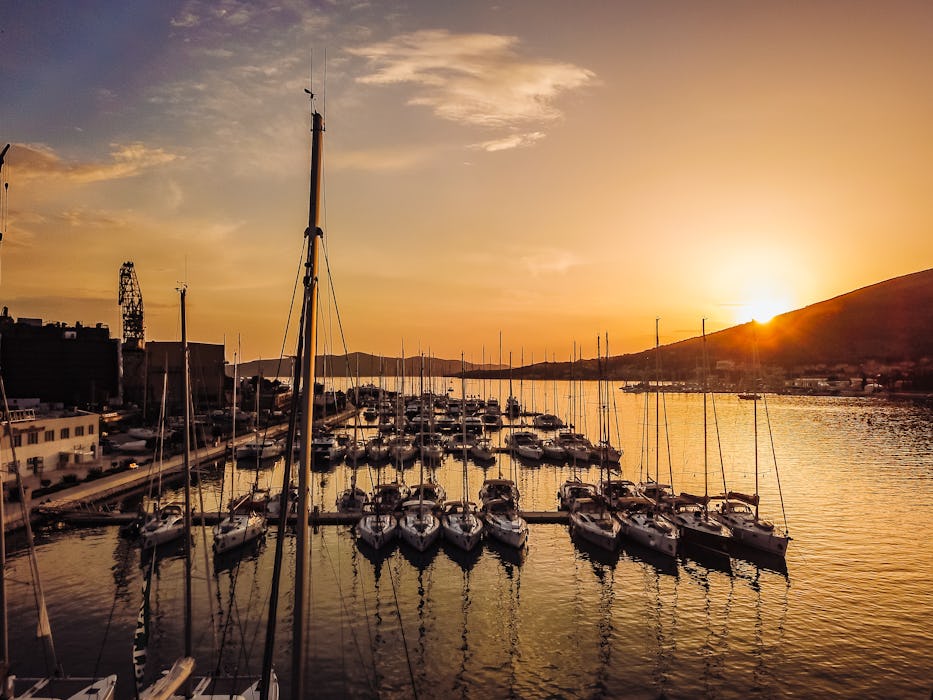
Pula Sailing Guide - Set Sail from the Ancient City
The Croatian city of Pula sits on the southwestern part of the Istrian peninsula and is the biggest and most important city of the Istria region. Pula is an ancient city, with the first mention of the city dating back to the 3rd century B.C. The city became a Roman colony in the 1st century B.C, which resulted in intense development of the area. Today, Pula is dominated by breathtaking Roman architecture, most notable being the excellently preserved amphitheater. The old town is filled with Roman artefacts, churches from all historical periods, monuments, and museums. This makes Pula an ideal destination for anybody looking to fill their vacation with a touch of culture and history.
Ladislav - 08 July 2020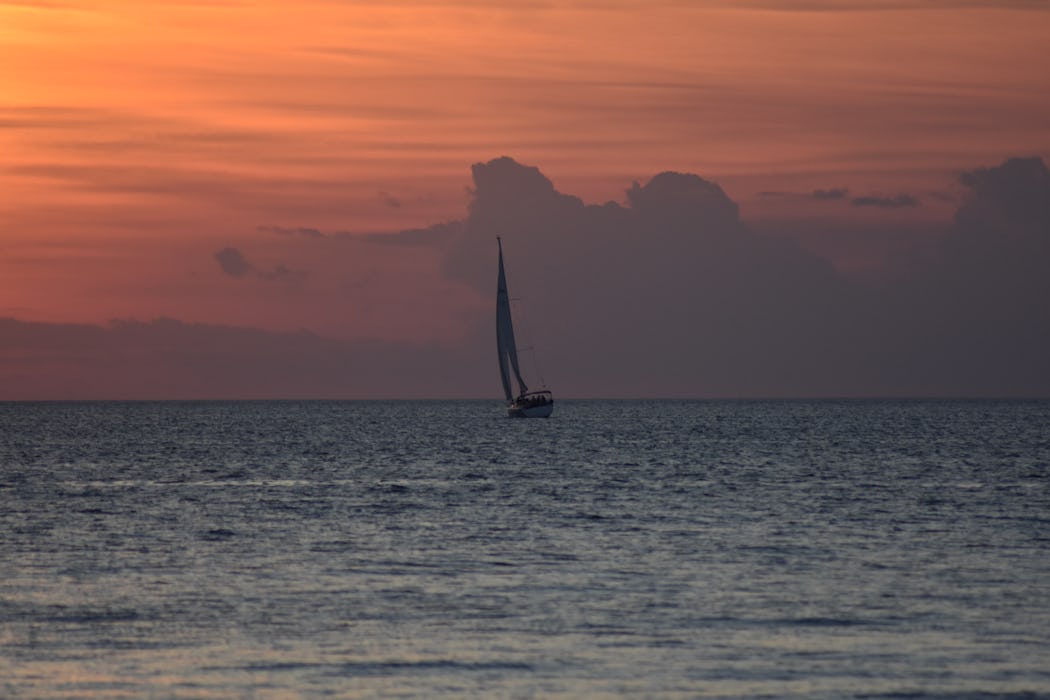
Split Sailing Guide - The Sailing Hub of Croatia
The Croatian city of Split sits on the Adriatic sea in the foothills of the Kozjak and Mosor mountains. Split is the second largest city in Croatia and the biggest city of the Dalmatia region. It has approximately 180,000 people living in its urban area. Its architecture, rich cultural heritage and beautiful landscape make it the perfect holiday destination.
Ladislav - 31 May 2020